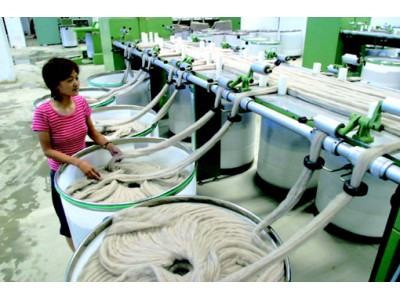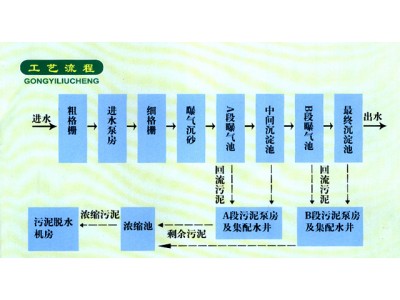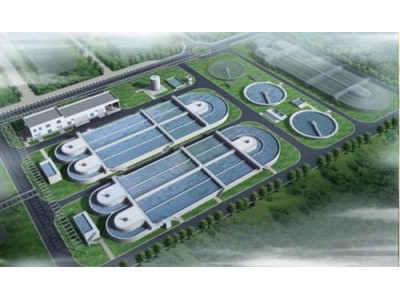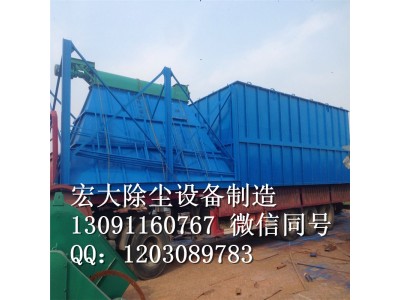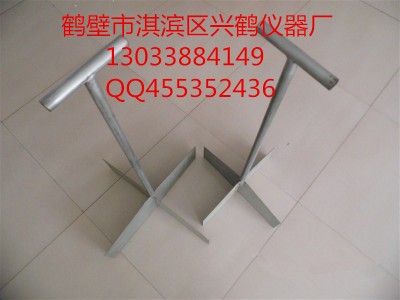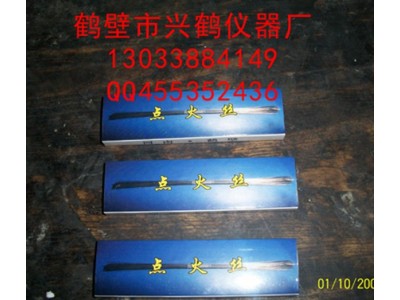1. INTRODUCTION
With the recent shift in the design of municipal solid waste (MSW) landfill moving from a permanent containment storage (dry cell) concept to a bio-reactor (wet cell) approach, there is a growing need for in-situ monitoring of MSW moisture. For a successful bio-reactor landfill, it is essential to maintain the MSW at an optimum moisture state favourable for bio-degradation. The measurement of MSW moisture is needed in landfill related research such as:
· leachate recirculation studies to assess the performance of the recirculation systems,
· predicating methane formation potential of an existing landfill,
· landfill cell water balance to predict leachate generation, and
· studies of saturated/unsaturated flow in a MSW medium.
While the measurement of moisture content of a landfill can be achieved by gravimetric determination of samples directly collected from the landfill, the direct method has certain operational constraints. The sampling of waste, often involving either drilling or excavation in the landfill, can be destructive to the containment system. It can also be expensive if substantial and repetitive sampling is required. It also involves the drying of samples which takes time. To avoid the above limitations, the availability of a rapid, non-destructive, and easily repeatable indirect method would be desirable, particularly in situations where a large spatial moisture measurement of a repetitive nature is required.
Although a number of standard techniques of in-situ soil moisture measurement are available in agricultural and engineering applications, very little information is available in the literature regarding the measurement of moisture in a MSW medium.
This MSW moisture measurement study was conducted as part of a full-scale leachate recirculation bio-reactor landfill research project which has been described by Yuen et al. (1995). The study comprised three components, namely a feasibility assessment of all standard moisture measurement methods, a laboratory testing program to confirm viability, and a field application in a real landfill situation.
2. FEASIBILITY ASSESSMENT
A wide range of soil moisture measurement devices commonly employed in agricultural and engineering applications were assessed. They can be broadly divided into the following categories based on their principles of operation :
· electromagnetic techniques,
· electrical or thermal conductivity,
· tensiometric techniques, and
· neutron scattering.
The principles of operation, advantages and disadvantages of each of the above methods used in a soil medium have been discussed in detail by other studies (e.g. Schmugge et al., 1980;
· reliability,
· ease of measurement,
· non-destructiveness,
· repeatability,
· acceptable accuracy, and
· large effective sampling volume.
While all of the above criteria are obvious, it is important to emphasise the importance of a large effective sampling volume to achieve “macroscopic” scale sampling. The heterogeneity of MSW is much higher than that of soil. Both the composition and size of individual component can vary in a wide range and each type of material may exhibit a different moisture/suction characteristic. For example, a pocket of food waste would carry a much higher moisture content than a piece of plastic even when they are subject to the same hydrological condition. Hence, to study the moisture state of a landfill, it is only appropriate to look at the moisture regime at a larger scale and it is important that moisture contents of macroscopic samples are measured.
The high level of salinity and heterogeneity of a MSW medium prevent the use of most of the above techniques. The feasibility assessment (Yuen et al., 1996) concluded that there is no ideal indirect/non-invasive method for MSW. Nevertheless, neutron scattering technique combined with the use of in-situ access tube was identified as having the potential to produce acceptable results within certain limitations.
The operating principles of a neutron moisture meter are well documented (e.g. Goodspeed, 1981 and Stone, 1990). Neutrons with high energy are emitted by a radioactive source into the soil and are slowed down (thermalised) by elastic collisions with nuclei of atoms. As hydrogen has a very low atomic weight, it can slow neutrons more effectively than other elements. The density of the resultant cloud of slowed neutrons (which can be detected by a counter) is taken to be proportional to the total number of hydrogen atoms per unit volume of soil. Assuming these hydrogen atoms have a direct correlation with soil moisture, the volumetric moisture content can then be determined from an established calibration curve.
There are certain distinctive advantages of using a neutron probe in a MSW medium. It has a relatively large radius of influence (generally between



